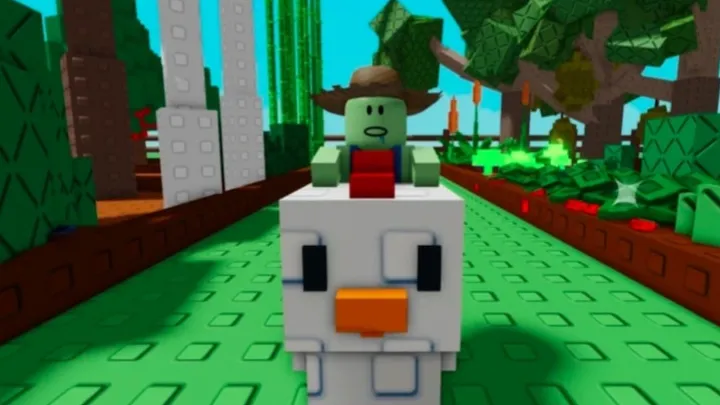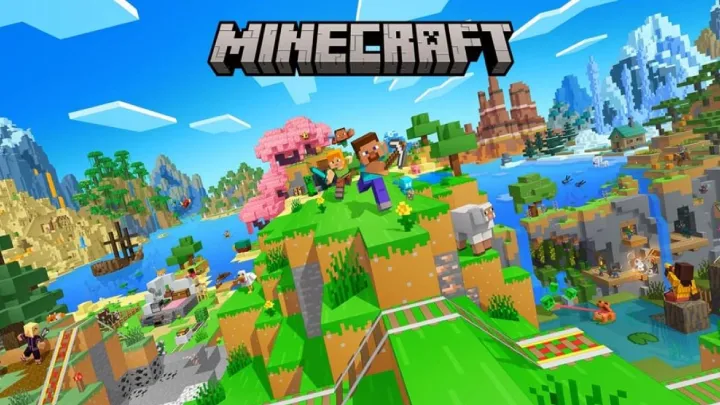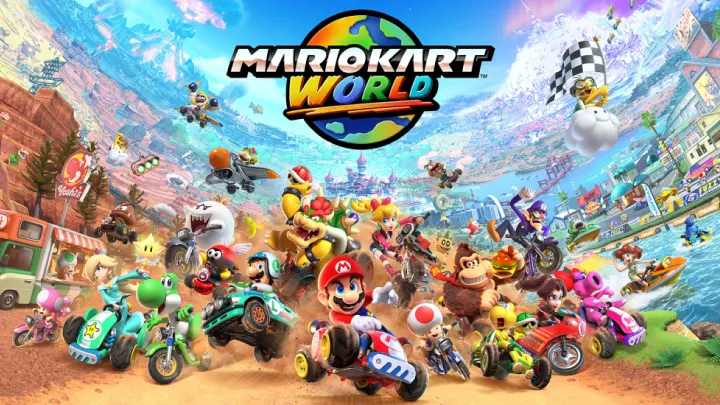Grow a Garden is a relaxing yet strategic simulation game that challenges players to cultivate, expand, and optimize their own digital garden. Although it appears simple on the surface with its bright visuals, cheerful atmosphere, and casual mechanics, mastering the game requires understanding plant growth cycles, resource management, expansion strategies, and efficient progression. Whether you are a new gardener or someone who has played similar simulation titles, Grow a Garden offers layers of depth that reward thoughtful planning.
This how to guide provides a complete breakdown of the best ways to thrive in the game. You will learn how to start your garden, manage plants, optimize soil and water systems, unlock new seeds, expand your land, and automate your work. Each section is designed to move you from beginner knowledge to advanced mastery, helping you turn a small patch of dirt into a flourishing, high yielding paradise.
Understanding the Basics of Grow a Garden

Before diving into advanced strategies, you must first understand the core mechanics of Grow a Garden. The game revolves around planting seeds, watering crops, gathering produce, and reinvesting rewards into expanding your garden. Every action contributes to a cycle of growth and progression.
At the start, you begin with a small plot of land and only a few basic seed types. The game encourages experimentation, allowing you to learn how different plants grow at different speeds and require unique care patterns. Some plants give fast harvests but low value, while others take much longer yet reward you with high returns. Recognizing this balance helps shape your early decisions.
As you play, you also learn the timing system. Plants grow in stages, and each stage requires attention at different intervals. Neglecting a plant slows growth, which reduces overall productivity. Knowing how long each plant type takes to mature will help you plan your garden layout effectively.
How to Start Your First Garden
Starting small is important. With only a few plots available, focus on planting seeds that grow quickly and generate reliable income. Crops like carrots or basic flowers often serve as ideal starter plants because they mature quickly and give steady returns.
After planting, water your crops immediately. Water is one of the most important resources in the game, and learning how to distribute it efficiently will determine how fast your plants grow. In early stages, you must manually water everything, so focus on maintaining a small area that is easy to manage.
You should also begin collecting rewards as soon as crops mature. Selling or using harvested items allows you to unlock new seeds and upgrades. Early progress is about momentum, so avoid letting ripe crops sit idle.
Managing Resources and Understanding Growth Cycles
Grow a Garden relies heavily on proper resource management. Each plant needs soil nutrients, water, sunlight, and time. While the game simplifies these mechanics, they still matter significantly to your farms overall efficiency.
Water is the most frequent resource you will interact with. Some plants need more water than others, and overwatering may reduce growth speed depending on the plant type. Paying attention to water needs ensures you maximize yield.
Growth cycles vary across plants. Fast growing seeds provide quick profits but may require frequent attention. Slow growing crops produce larger rewards per harvest but require patience. A successful strategy balances both types. For example, plant slow growing crops on one side of your garden while maintaining fast growing crops in another area for steady income.
Unlocking Seeds and Choosing What to Plant
As you progress, new seeds become available. Unlocking seeds is a major step in expanding your garden possibilities. Each seed type introduces different growth times, watering needs, and profit potentials.
Choosing the right seeds depends on your goals. If you want to expand quickly, use fast growing crops. If you plan long term growth, invest in slow but high value plants like rare flowers or fruit trees.
Experimentation helps determine the perfect mix of plant types for your garden. Some players prefer to diversify, while others specialize in high value harvests. There is no wrong strategy as long as your plants remain productive and well managed.
Optimizing Water Systems and Soil Quality
In Grow a Garden, soil enrichment and watering efficiency play an essential role in maximizing output. Soil upgrades increase growth speed, harvest quantity, and seed quality. Investing in better soil early leads to long term benefits.
Watering can eventually be automated through systems like sprinklers or irrigation upgrades. Before reaching that point, however, you must manually adjust water distribution. Monitor plants daily to ensure they receive the right amount.
If you notice plants growing slowly, check soil quality and water levels. Sometimes improving the soil or watering at the right moment will drastically improve production.
Expanding Your Garden and Unlocking New Zones

As your garden grows stronger, expansion becomes necessary. Unlocking new land plots allows you to diversify your plant layout and increase total crop capacity.
Land expansion usually requires significant in game currency, so plan early. Save up resources from high yield plants and reinvest them wisely into unlocking new zones. Each new zone introduces fresh challenges and opportunities, such as unique climate conditions or rare plant types.
Expanding your garden also gives more space for organizing your layout. You can divide your farm into sections, such as fast growing areas, flower beds, fruit groves, and special plant zones.
Using Tools and Special Items Effectively
Grow a Garden features tools that help speed up farming and improve success rates. Tools like fertilizers, watering cans, soil enhancers, and growth boosters make a big difference depending on how you use them.
Fertilizers increase plant growth speed or harvest quantity. Use them on slow growing but high profit plants to maximize value. Growth boosters may help you finish important harvests before expansions or upgrades.
Special items often appear during events or daily rewards. Save these for rare plants or important stages of your garden. Using tools wisely instead of wasting them ensures maximum efficiency.
Automating Tasks and Improving Progress Efficiency
Once you unlock automation systems, the game becomes much easier to manage. Automatic irrigation, harvesting helpers, and growth boosters allow you to maintain large gardens with minimal effort.
Automation lets you shift from hands on farming to strategic planning. Instead of focusing on every individual plant, you can design perfect layouts and focus on upgrading seed types, experimenting with plants, and unlocking advanced challenges.
Even with automation, monitor your garden regularly. Adjust automated settings, refine layouts, and optimize tool usage to maintain growth efficiency.
Advanced Strategies for Maximizing Yield
When aiming for mastery, start using long term planning. Rotate plant types based on seasons or growth cycles. Keep high value crops in separate areas where you can manage them without distractions.
Consider using a layout strategy such as grouping plants by water needs or growth times. This makes maintenance easier and ensures no plant is neglected.
Some advanced players choose to specialize in one specific crop for high profit farming, while others diversify to prevent downtime. The best approach depends on your preferences and playstyle.
How to Maintain Consistent Growth and Avoid Mistakes
Even experienced players make mistakes in Grow a Garden. Forgetting to water plants, planting too many slow crops, or expanding too quickly can hurt progress.
To avoid issues, check your garden regularly, track harvest timers, and plan expansions carefully. Use notes or in game reminders to track which plants need the most attention.
Maintaining consistent growth is about balance. Do not overinvest in one area while neglecting another. With steady management, your garden will continue to flourish.
Conclusion
Grow a Garden is a delightful mix of relaxation and strategy. To truly master it, you must understand plant behavior, resource management, garden expansion, and smart tool usage. As your garden grows from a tiny patch to a massive, thriving ecosystem, the game becomes even more rewarding. With patience, planning, and the strategies outlined in this guide, you can build the perfect virtual garden and enjoy the full experience that Grow a Garden has to offer.
Summary
A complete how to guide for Grow a Garden covering planting, resources, seeds, upgrades, automation, layout, and long term garden strategies.

















